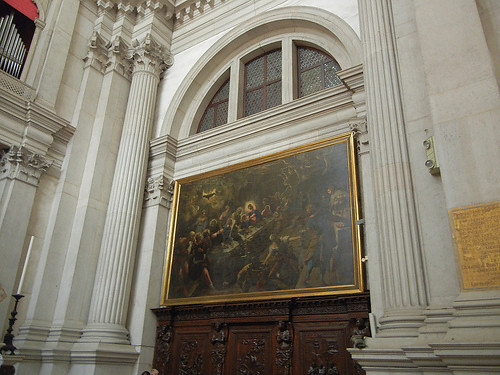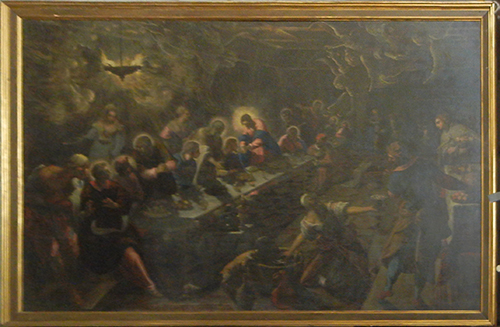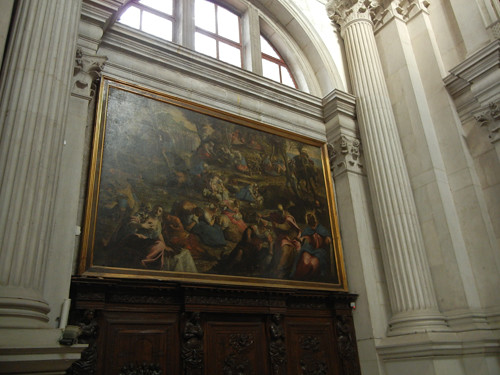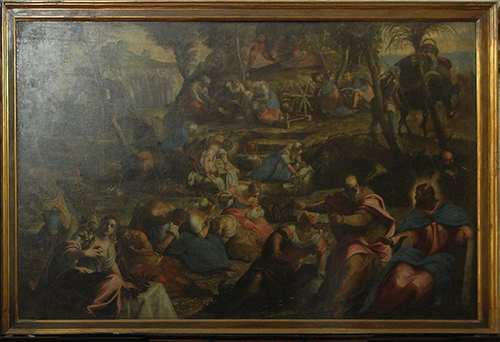
Courtesy of Rubell Collection from Miami, 28 Chinese Exhibition at Asian Art Museum in San Francisco showcases a sample of 28 contemporary Chinese artists' diverse artistic pursuits, including abstract, computer planned, re-purposed ancient artifacts, installations, and figurative oil painting pieces.
Due to the nature of the sampling, the exhibit was a bit unfocused and that caused certain difficulty for visitors to assess each artist's achievement in depth but each piece could speak for itself independent from its creator's artistic arc.
The first piece I saw were a group of massive chairs, made of demolished viaducts - the ancient woods eloquently told stories of a people hard of luck yet resilient and never broken.
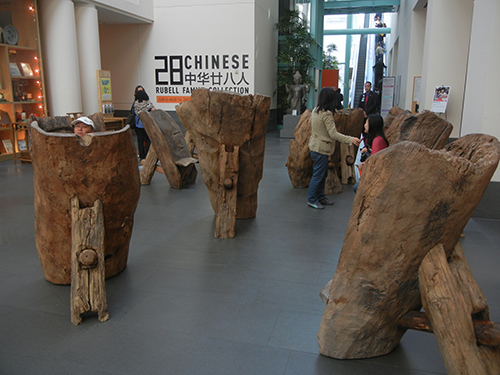
The Man on the Chair, 2008-09, Xiangyu HE
Next, I saw a painting, cheekily titled Comrade your temperature is back to normal, but the almost geometrical impasto patterns gave this painting a modern look and rescued it from 1960s-70s propaganda work, somewhat. I didn't find the humor of the piece that amusing. It was a sad and mostly inauthentic time and presenting that era in a tongue-in-cheek way somewhat make light of the heaviness of the cultural and political sediments of the time.
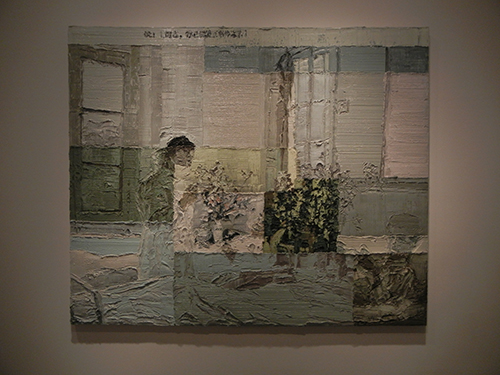
Comrade your temperature is back to normal, 2005, Songsong LI
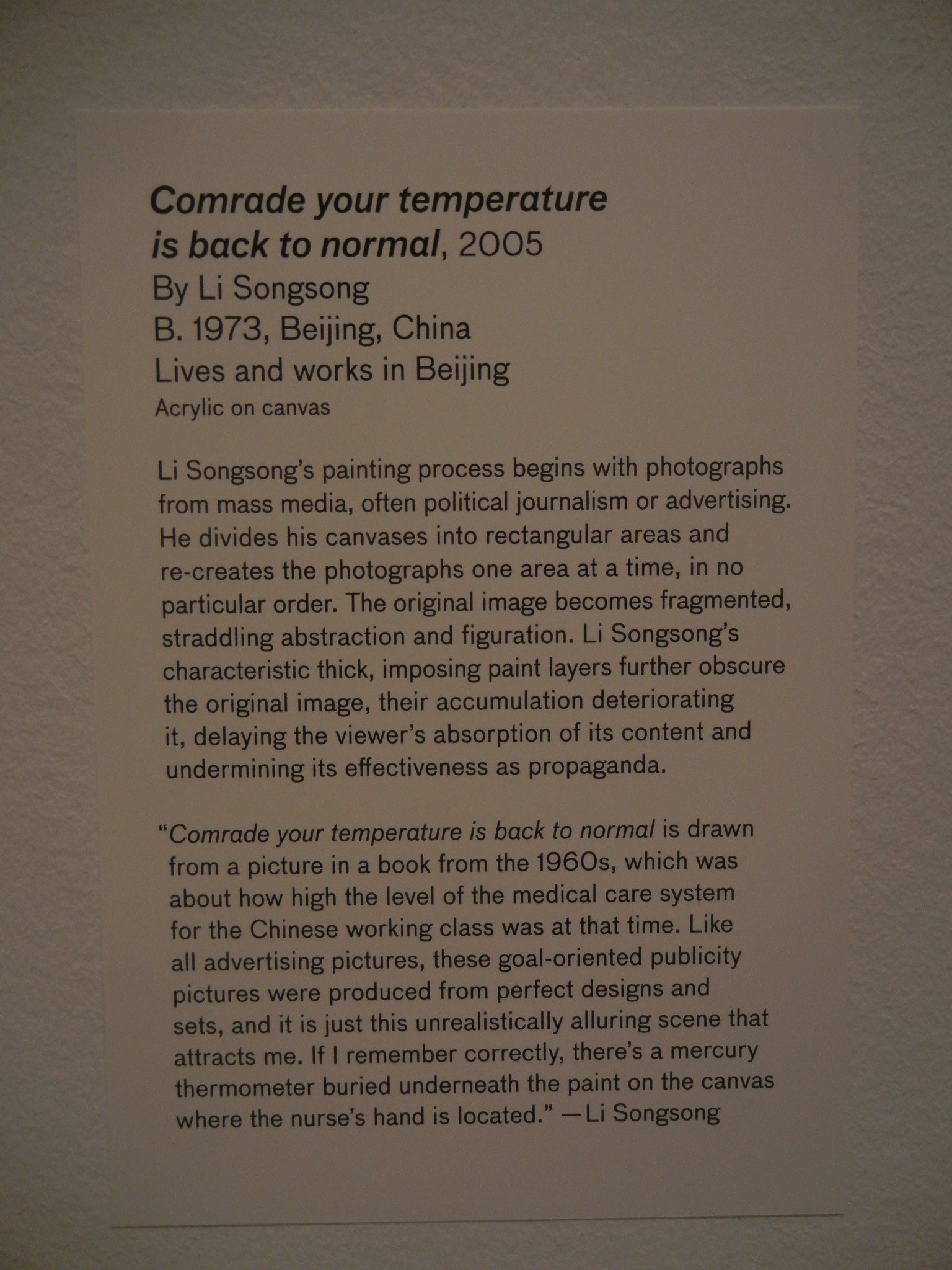
Comrade your temperature is back to normal, 2005, Songson LI
For a better appraisal of boxed-in life in China, Enli Zhang's Container 2 worked much better. Life was never a box of chocolate but a container of most crude sort, reminiscent of a casket.
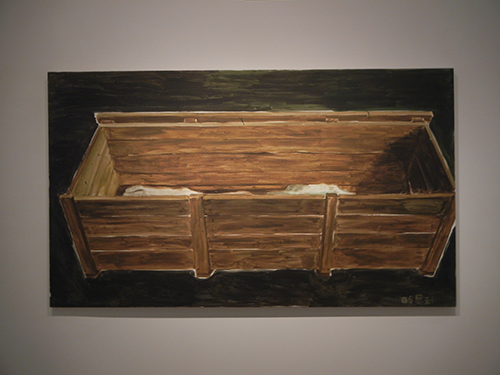
Container 2, 2006, Enli ZHANG
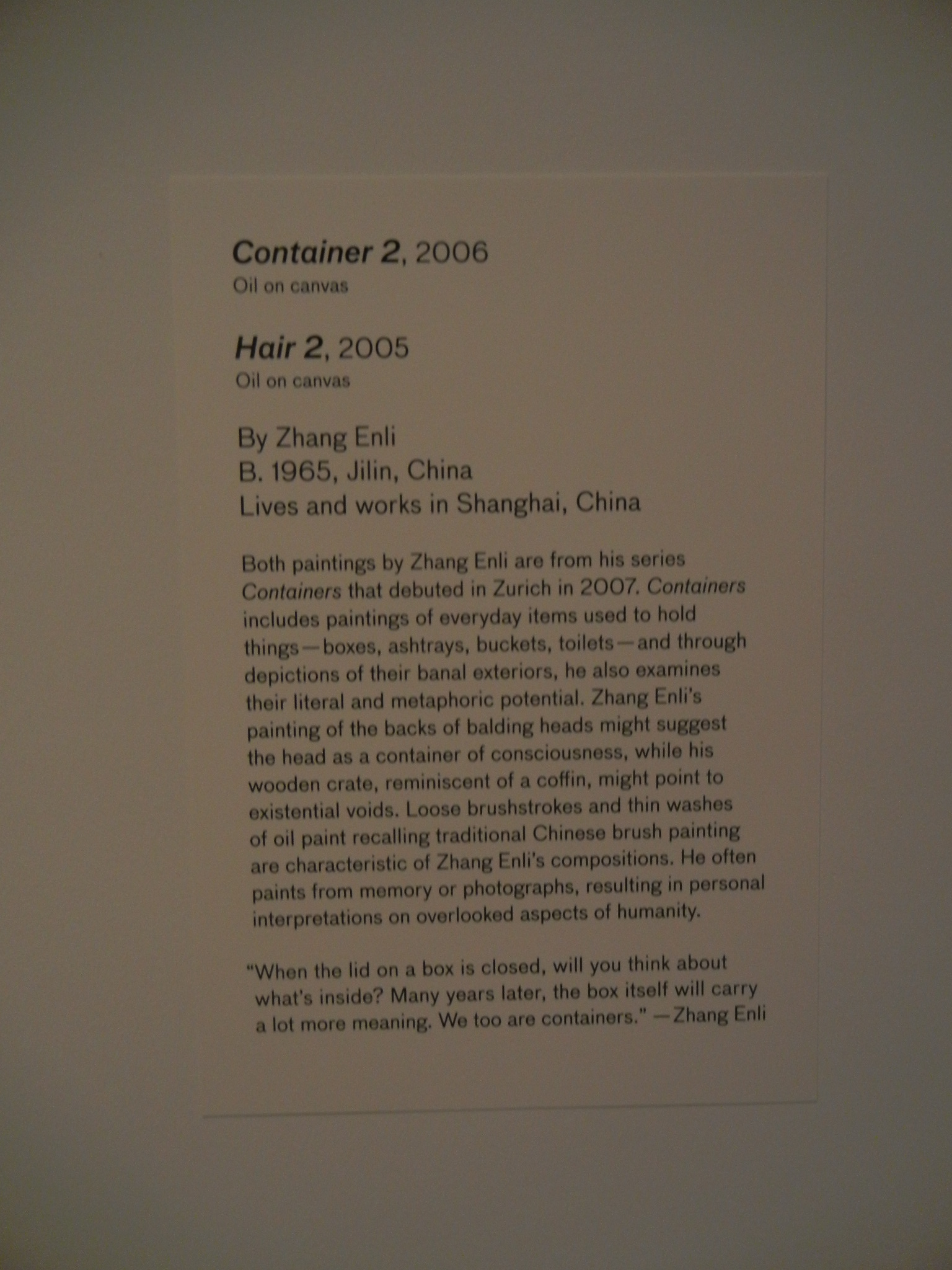
Container 2, 2006, Enli ZHANG
Then some abstract works which pleased the eyes with their intricate patterns but I didn't try to divine any depth of these works:
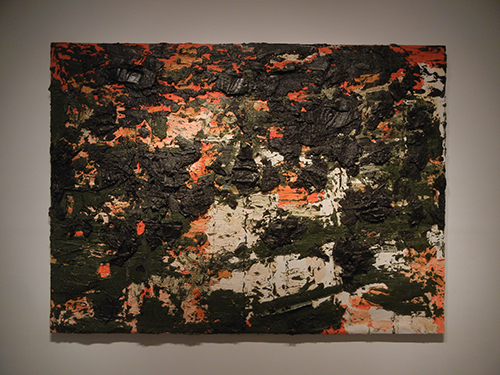
Black and White Summer Palace - Black, 2007, Jinshi ZHU
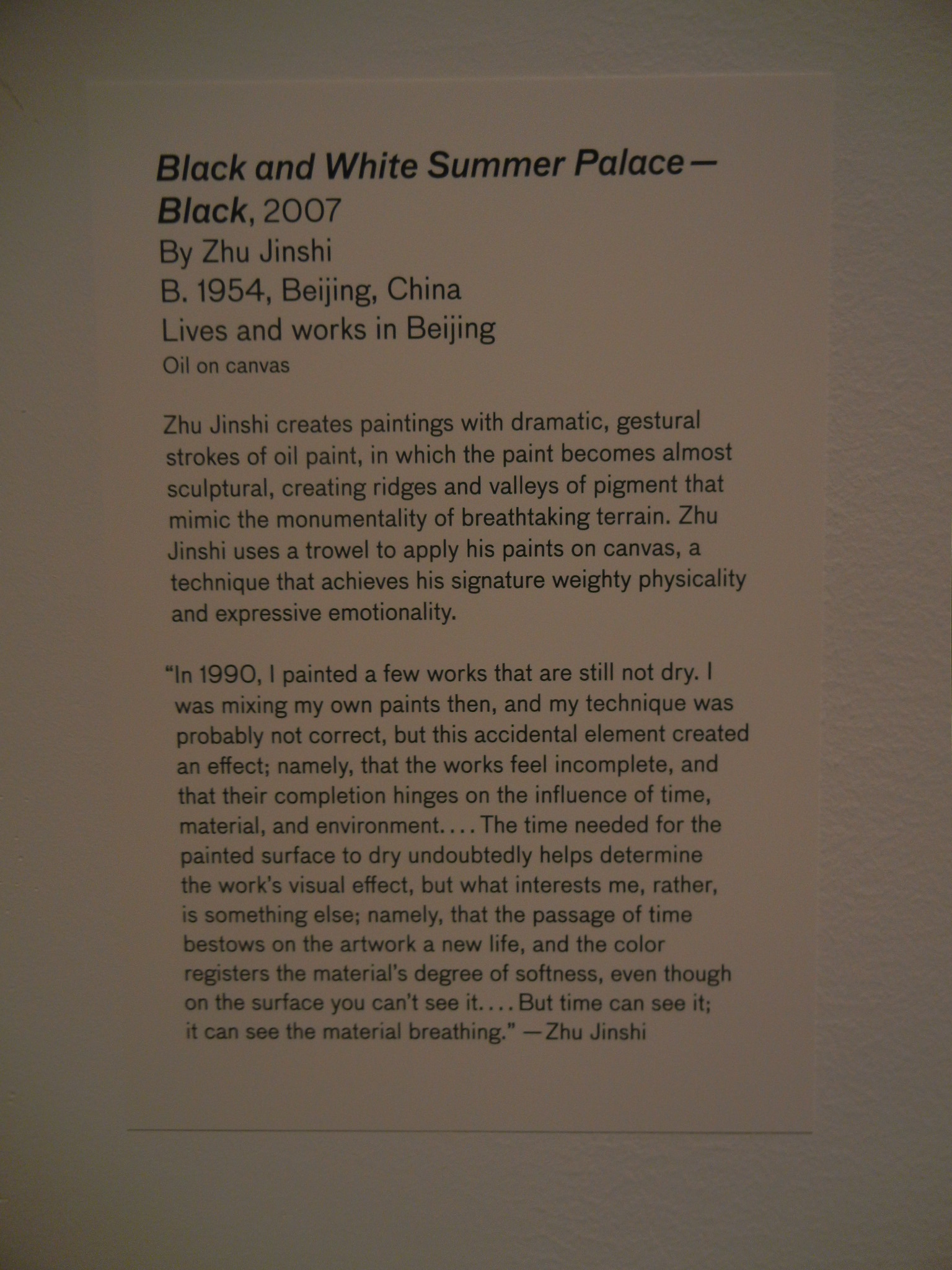
Black and White Summer Palace - Black, 2007, Jinshi ZHU
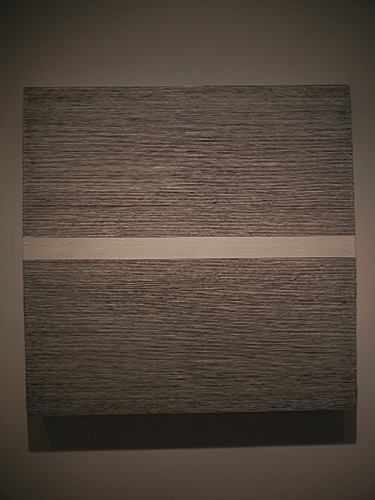
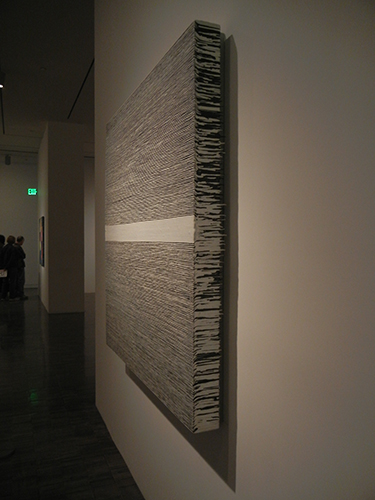
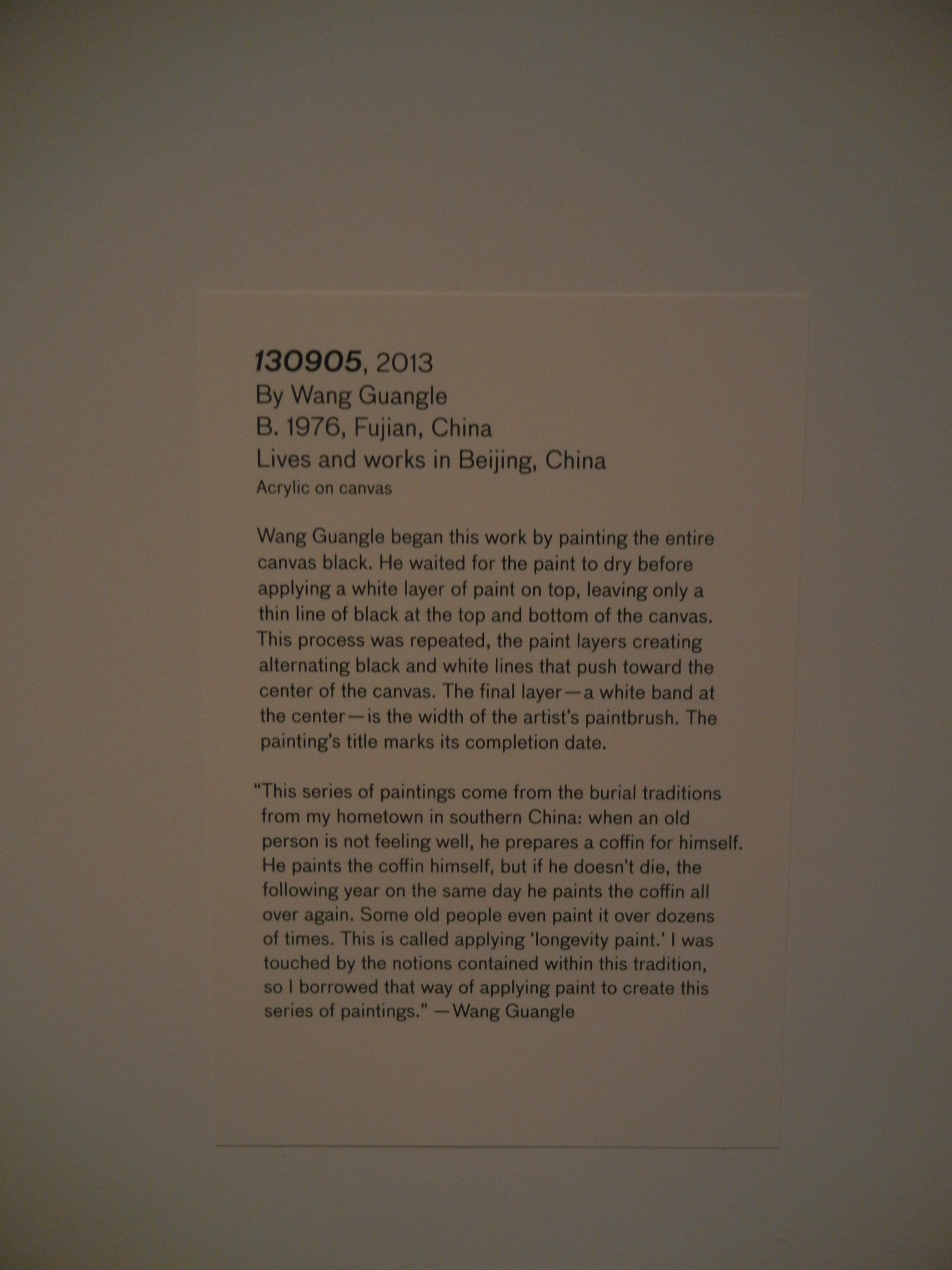
130905, 2013, Guangle WANG
Next was a large piece, Liberation No. 1, which was designed by the artist aided with computer, and painted by artist's assistants resulting in an orderly explosion of colors and the intricacy of the patterns was quite intoxicating.

Liberation No. 1, 2013, Wei LIU
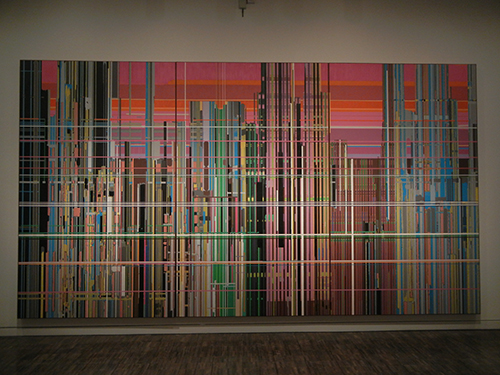

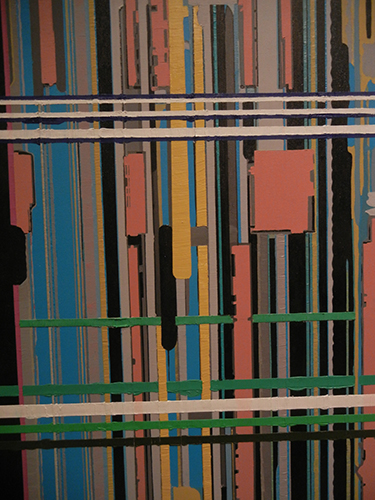
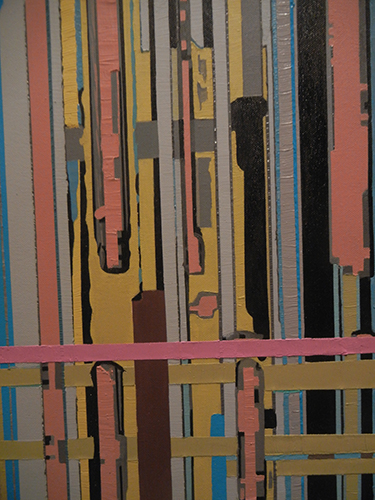

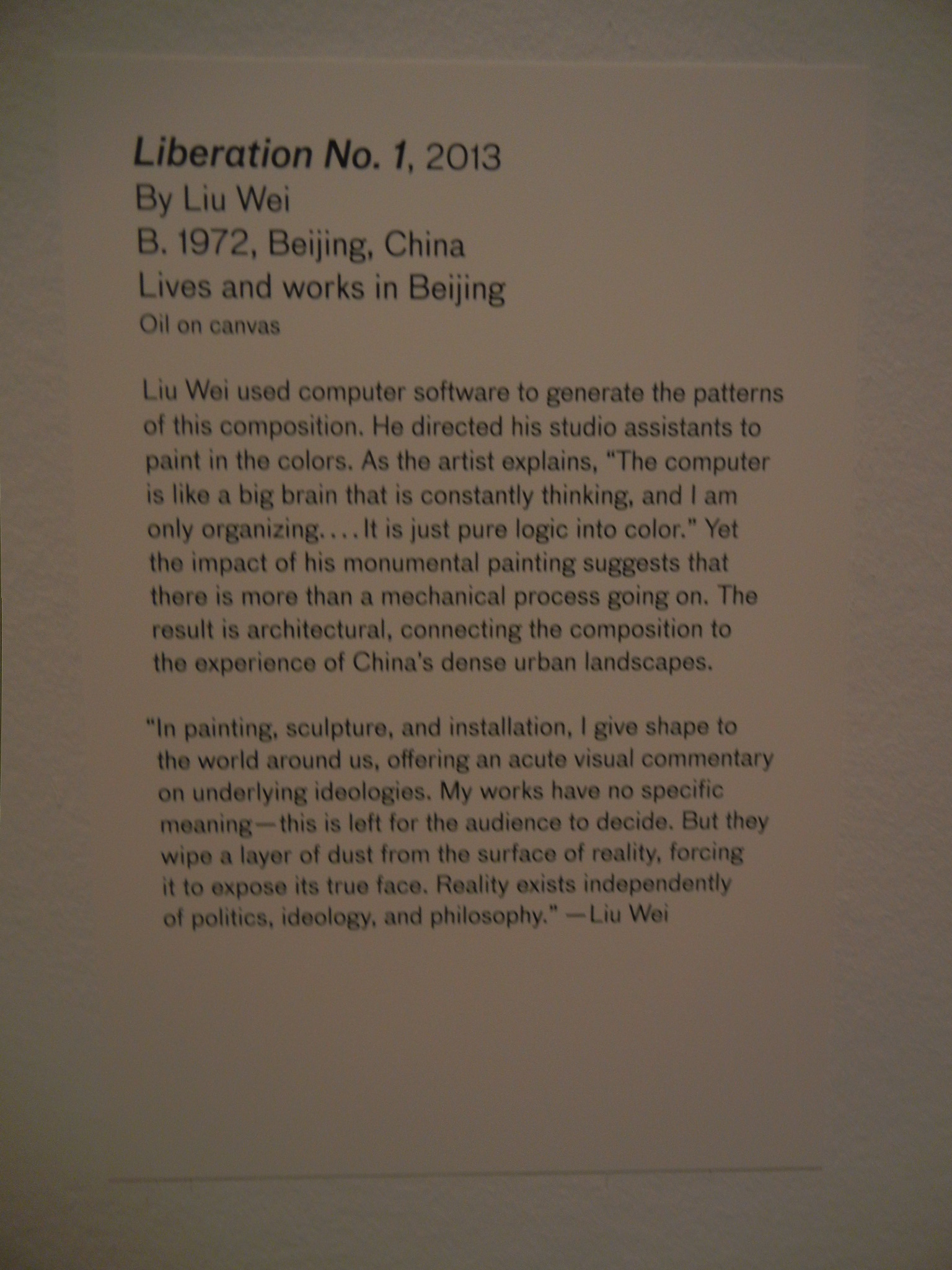
Liberation No. 1, 2013, Wei LIU
In the lobby, sandwiched between two wings of exhibition rooms, there were some installations. One was three huge vases, titled, Well, and each of those vases contained an animal. Didn't bother to figure out what it meant.
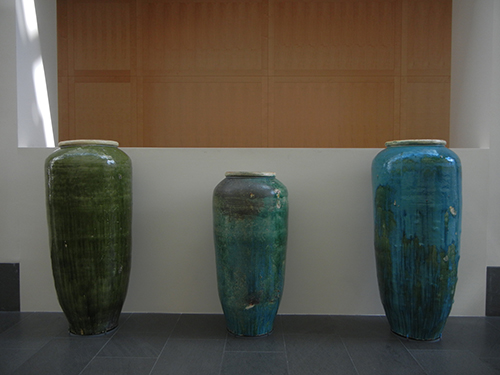
Well, 2007, Yong Ping HUANG
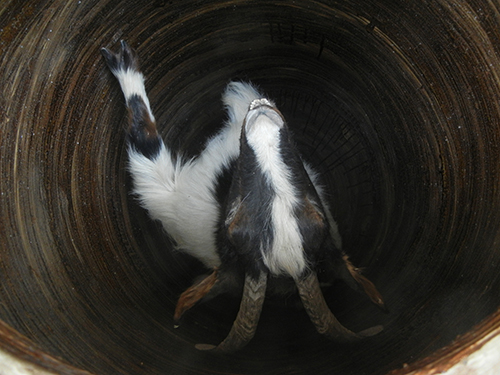
Well, 2007, Yong Ping HUANG
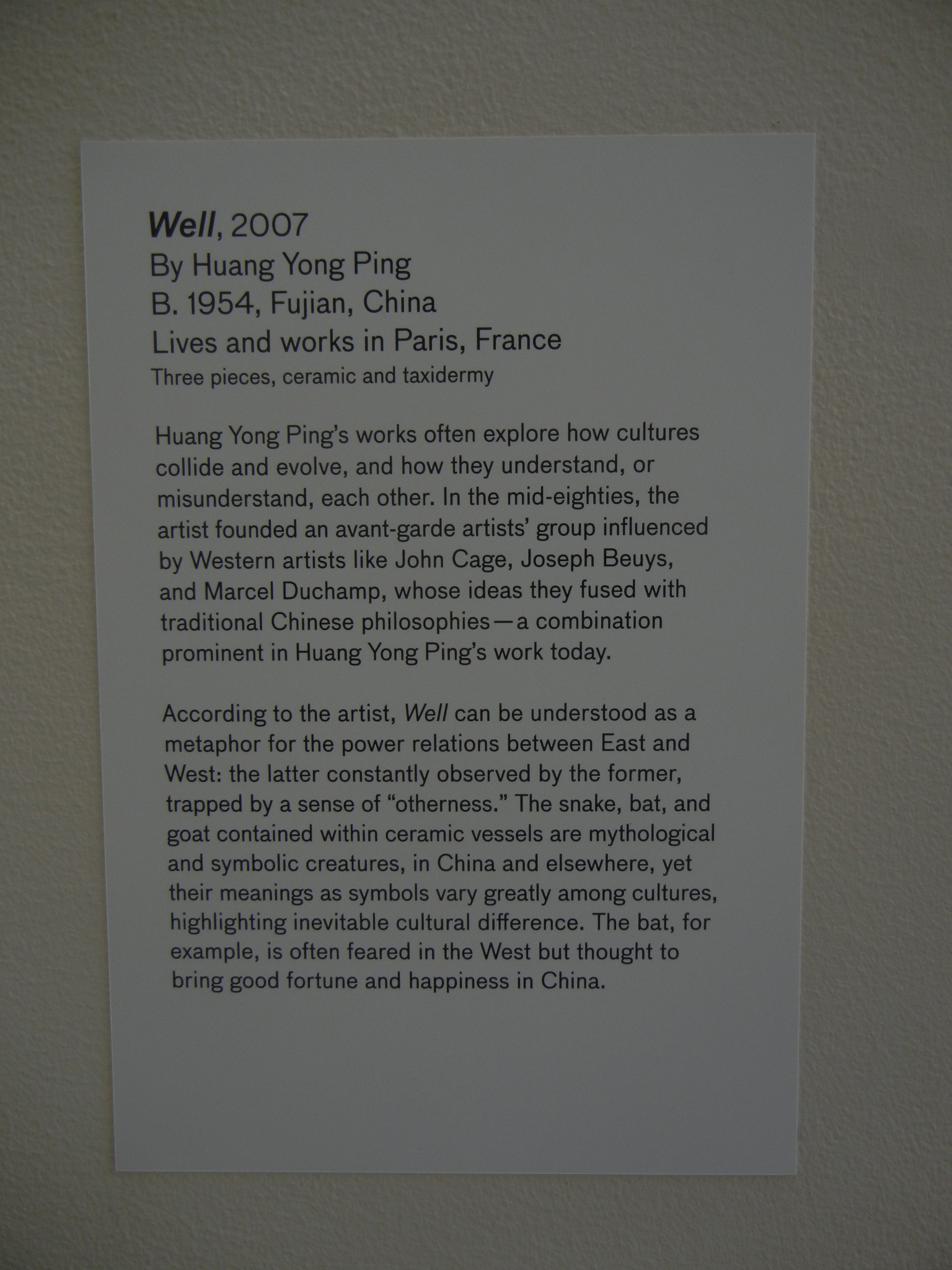
Well, 2007, Yong Ping HUANG
The next was the most exciting work in the show - a huge installation titled Boat and its purity, delicacy, scope and sensual form created a symphonic poem in the minimalist vein.
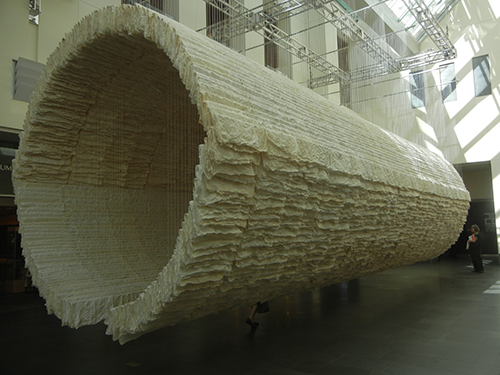
Boat, 2012, Jinshi ZHU
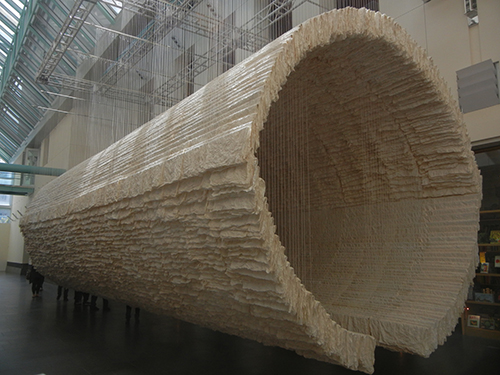
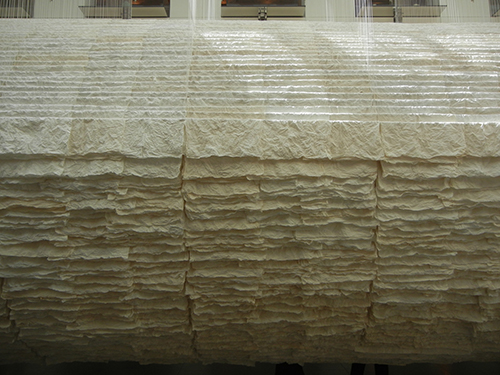
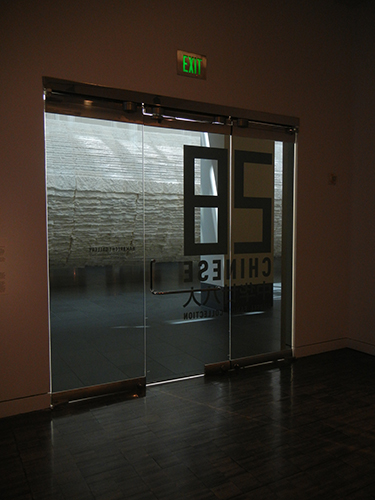

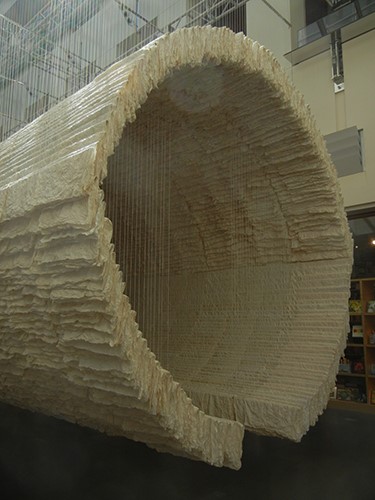
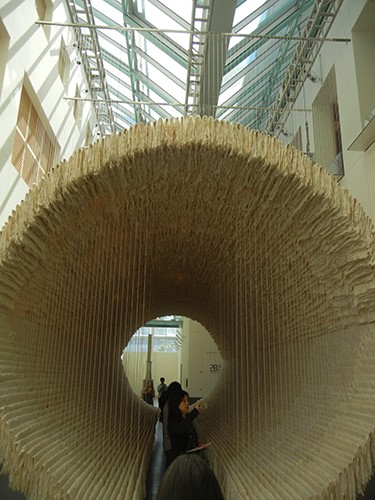
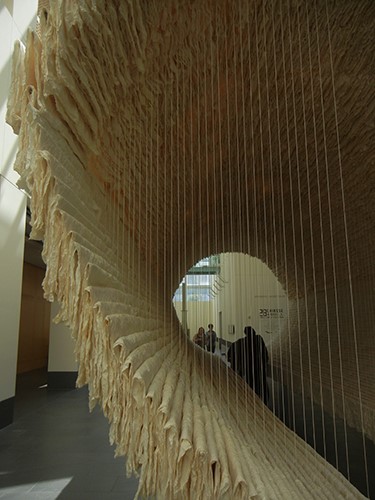
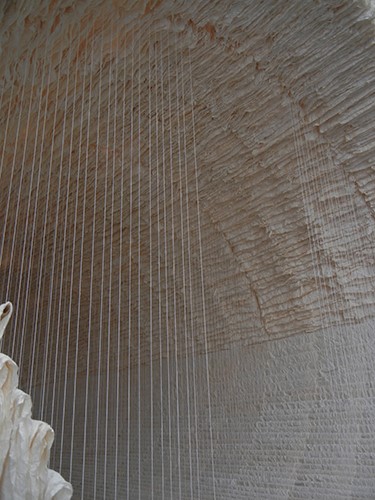
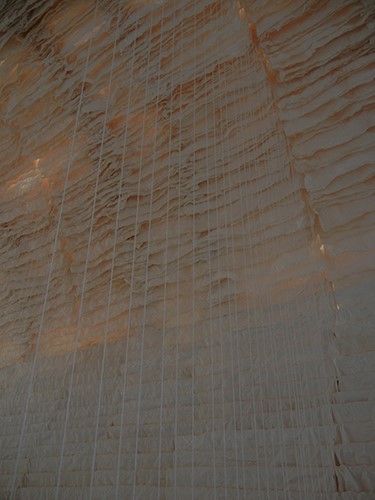

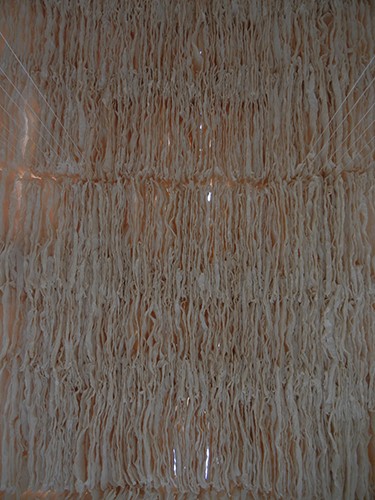
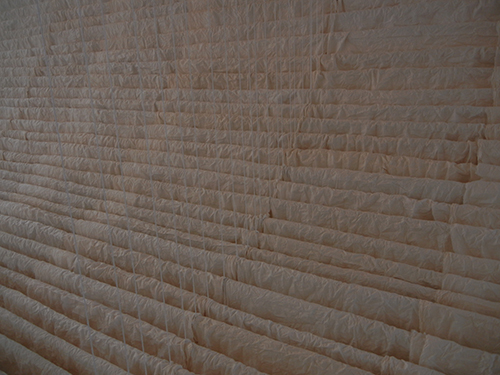

Boat, 2012, Jinshi ZHU
Next three rooms mostly featured some oddities, such as a huge rubbing imprint from stelae of calligraphy inscriptions in various styles, broadcasting contradictory political slogans or policies, from various epochs of Chinese history.
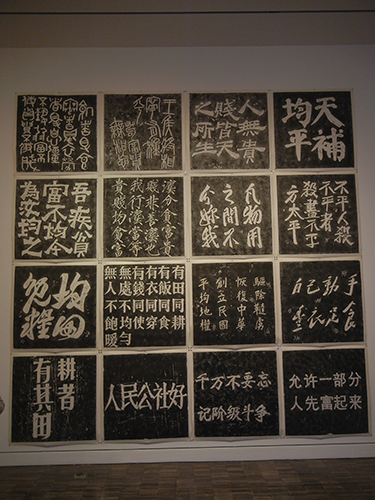
Other things I recorded including a large-scaled, fanciful weaving piece, a strange video featuring a woman as a cello, and some Coca-Cola bottles in a case, next to its companion case holding toxic wasted from melted down Coca-Cola bottles:
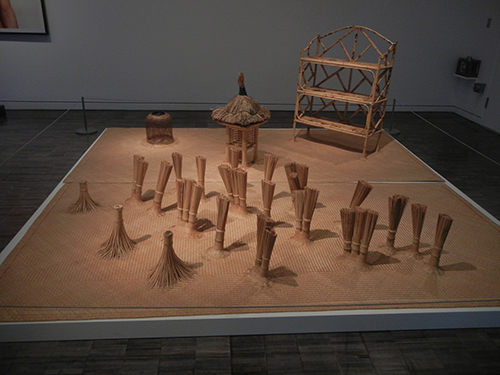
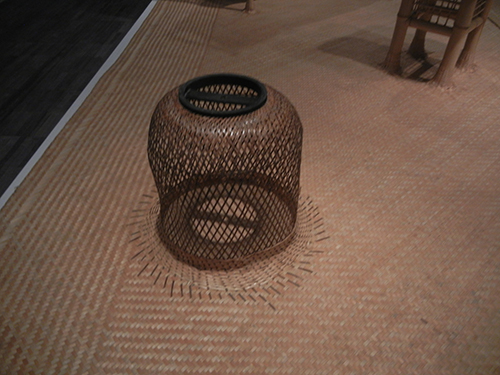
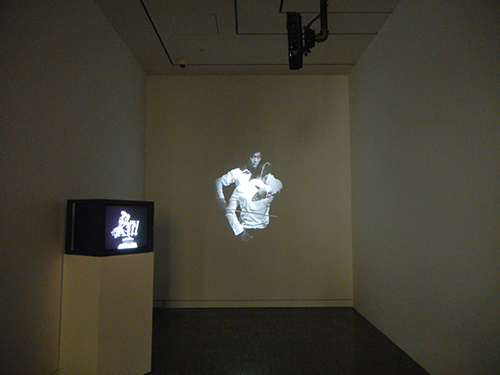
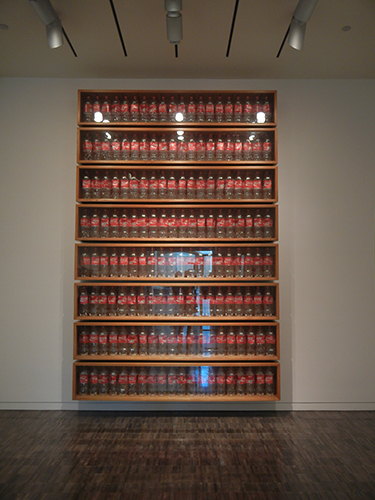
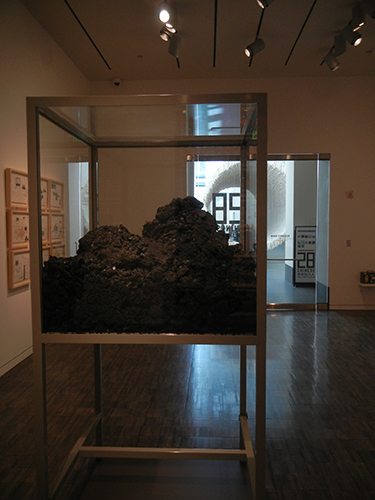
Other Related posts on Art · 文化 · Kunst:
- Last Chance to See Terracotta Warriors in San Francisco Asian Art Museum
- Calligraphies at San Francisco Modern Art Museum
- Impressionism from National Gallery of Art (DC) in San Francisco
- Last Call - "The Girl With A Pearl Earring" in De Young Museum, San Francisco
- Art Displays in San Francisco International Airport (SFO)
- Art in the Streets of San Francisco
- Modernism from the National Gallery of Art in De Young Museum, San Francisco


